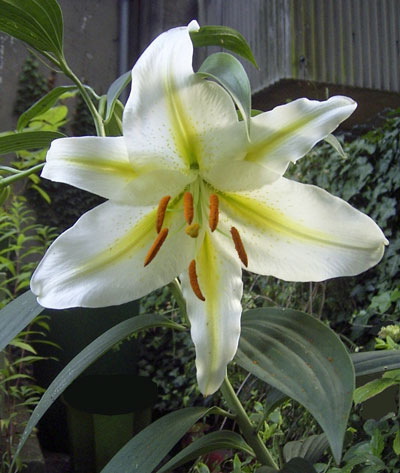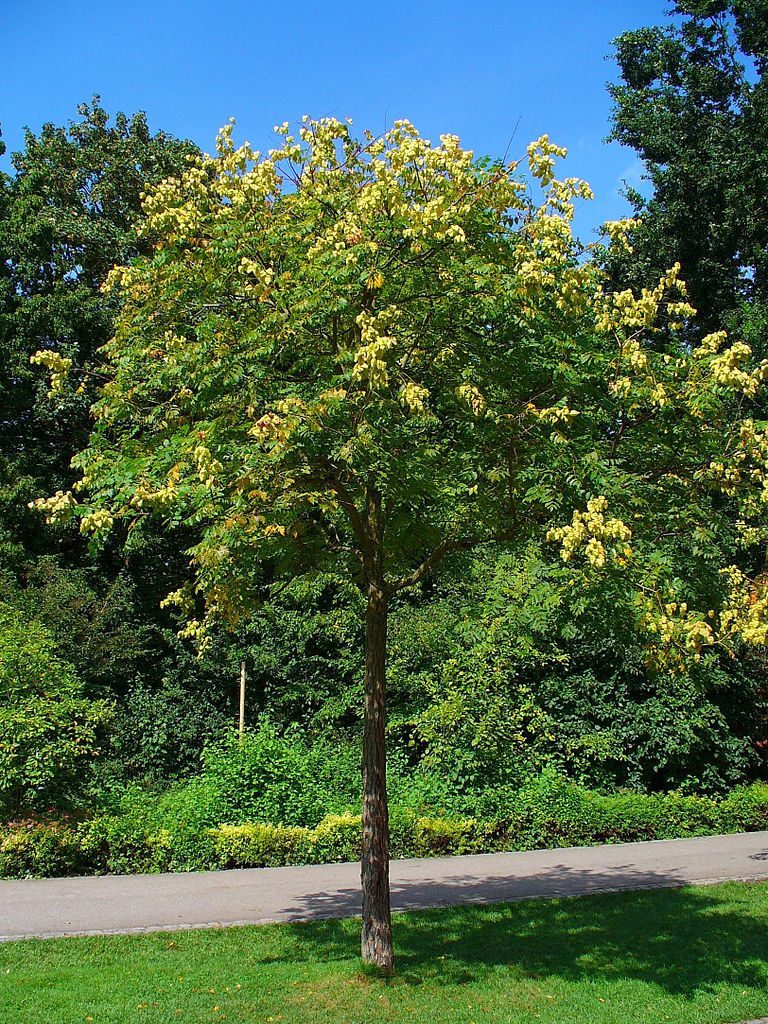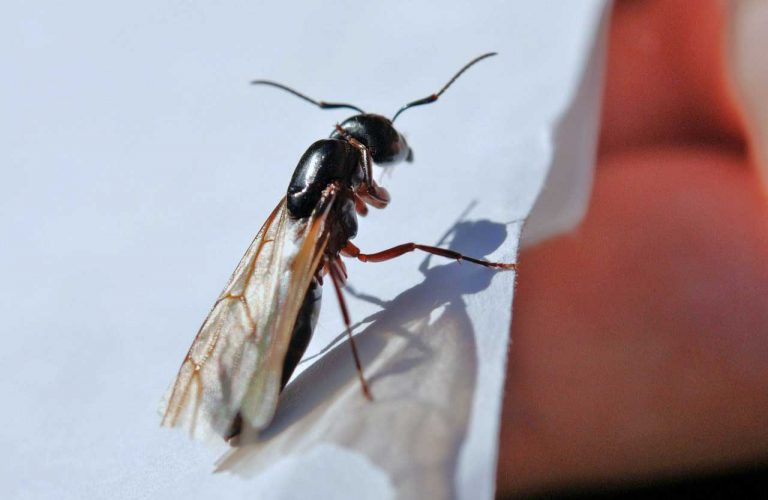Lilies – A Cultural Symbol Renowned for its Fragrance and Beauty
Scientific Classification
| Kingdom: | Plantae |
| (unranked): | Angiosperms |
| (unranked): | Monocots |
| Order: | Liliales |
| Family: | Liliaceae |
| Subfamily: | Lilioideae |
| Genus: | Lilium |
These herbaceous plants relate to Lilium (the true lily members). They are flowering plants that grow from bulbs. All of these produce big noticeable flowers. These Lilies form a collection of flowering plants that have, largely gained fame in both literatures as well as culture all over the world. Many of these varieties inhabit the moderate northern part of the hemisphere, while you will see their varieties have spread over the subtropics of the north. Mentioned in both the old and new testaments of the Bible, the lily always stood as a cultural symbol and people revered the lily through the ages for its fragrance, beauty, purity and chastity.
Anatomy
Lily flowers in a trumpet shape grow to a diameter of 6 inches. The 3 feet long stems hold 4 to 8 flowers. The scanty leaves are dark green in color. These lilies blossom at different times. Nearly all lilies have a life of 1 to 2 weeks. The Lily blossoms in pink, white, orange, yellow and red colors, with very profoundly colored inner portions.
How to Cultivate Domestically

Preparation for Planting
For a good effect, prepare bunches of 3 to 5 white lily bulbs and place each bulb at a distance of 8 to 12 inches. In this way every flower gets sufficient space to bloom to its full and display its glamour. Remove the Asiatic (belonging to Asia) Lilies bought from the market from the containers and plant them in your garden during the growing season. Plant them in places with access to full sunlight.
Planting
- Plant your lily bulbs during autumn. Dig and turn over the soil to a depth of 12 -15. “Deep planting helps the roots to hold the plant firmly and keeps the stem steady, so that you need not provide any additional support.
- To bloom successfully, lilies need sunshine for 6 to 8 hours daily. Other low-lying plants, with foliage around the base of the lilies’ stems, guard their roots against getting dry.
- The location selected must have well drained soil; if not, the bulbs will rot due to the water entrapped below.
- The well-known varieties of Lilies need soil that is neutral to acidic soil. However, few of them like the Madonna lilies favor alkaline soils.
- Make a hole twice or thrice the bulbs height, introduce the bulb in the hole with its tip pointing upwards, then top up the hole using soil, and carefully dampen the soil.
Placement and Watering
While searching for an ideal place for planting Lilies, bear in mind that if you cut the stems more than 1/3 of their individual heights they will not recharge the following year. Normally, watering once a week is sufficient unless you should encounter a dry spell, when you can adopt a system of watering twice a week.
Flowering Period
The blooming season is June to July; blossoming takes place yearly once, and the blooms last for a period of two weeks. Yet with cautious choice, it is possible to culture varieties of Asiatic lilies of different blossoming seasons.
After Bloom Care

Photo by: Denis Barthel
Once blooming ceases, discard the flowers, retaining the leaves unbroken. If you cut the stems too long, you will weaken the lilies. Let the leaves and stem turn brown at the termination of the season prior to cutting back to the ground. Such a method permits the lily to revive the succeeding blossoming year. After cutting, cover the hole with a little soil to keep water from entering the hole and rotting the bulb.
As Cut Flowers
- Lilies are excellent as cut flowers. Select lilies with bulbs that are just blooming, but not green or tight, but showing a little color.
- Once you bring your lilies indoors, trim the end of the stem diagonally to an inch or so with a sharp knife.
- In case you doubt that the orange pollen grains of the lily are likely to develop stains, just snip off the stamens at the flower’s center.
- Prior to decorating them in a flower vase, discard the leaves at the lower end of the stems to prevent its decay below water.
- To extend the lily’s life, add cut-flower food to the water in the vase.

Having discovered a fondness for insects while pursuing her degree in Biology, Randi Jones was quite bugged to know that people usually dismissed these little creatures as “creepy-crawlies”.







